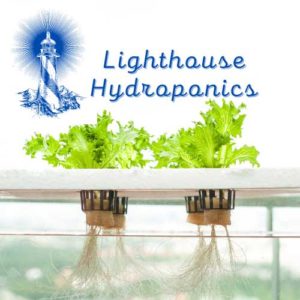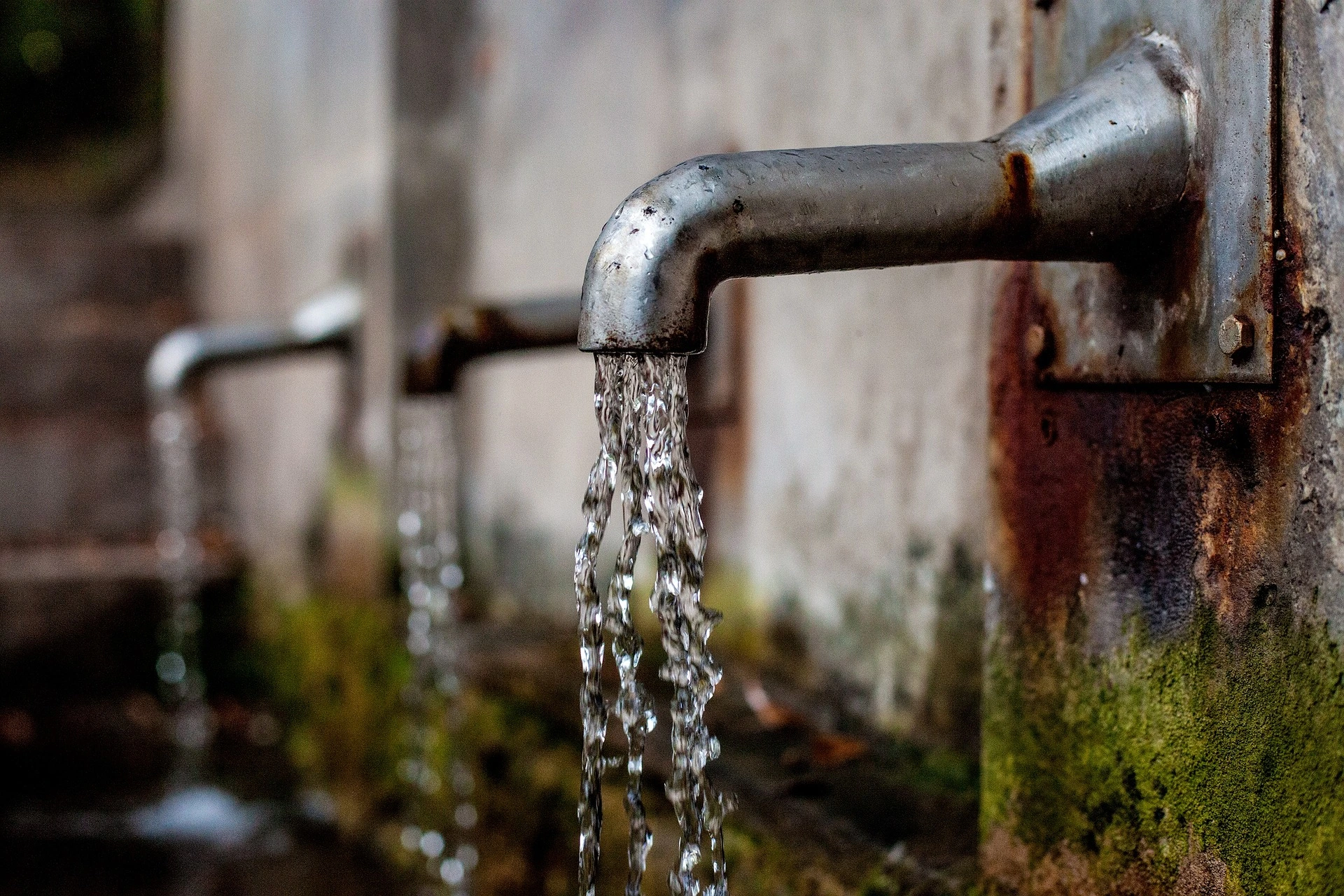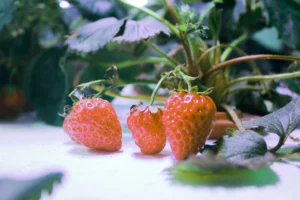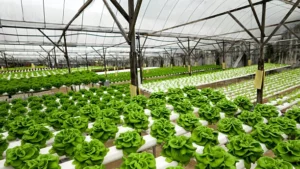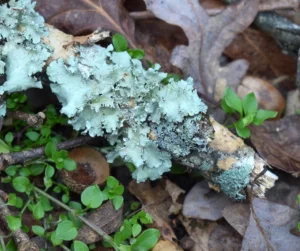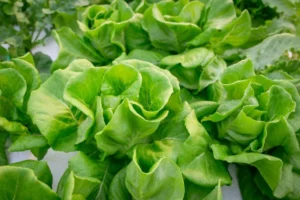Hydroponics is a farming method that involves growing plants without soil. The root system of the plant grows in water instead of the soil and this is what makes it hydroponic. Hydroponics systems come with their own share of maintenance. From keeping them clean to maintaining pH balance and much more, you need to know how to clean the hydroponic system regularly so as to keep them in tip-top condition. Keeping a clean hydroponic system reduces the number of organization and time-consuming maintenance tasks can become much easier when you have the right hydroponics equipment handy. Most hydroponic systems require cleaning at least once every six months or so, depending on how often you use it for regular farming purposes. Here are some tips on how to clean your hydroponic system properly:
Bacteria and Fungi
One of the first things that you should do is start by thoroughly cleaning your hydroponic system. This helps in killing off any bacteria and fungi that may be present in the water. You can use a vinegar solution to clean out your hydroponic system. The best way to clean your hydroponic system is with a white vinegar solution. Just fill up a spray bottle or jar with two cups of white vinegar, add one teaspoon of dishwashing liquid, and mix well before shaking for about ten seconds before giving it a good spray down on the entire unit.
pH Balance and Filter Cleaning
Your hydroponic system has a pH level that is important for the life and health of your plants. You need to maintain this level so that you can get the maximum growth out of them. The pH level will change according to how much water goes in and how often you use your system. To keep the pH levels in check, you need to clean the filters regularly and make sure they drain properly. Furthermore, when using a hydroponics system, it’s important to remember that too much water is not good at all. When there’s too much water in the grow bed, your plants will be quickly drowned as well as the soil will start building up on the surface. As a result, excessive silt accumulation can lead to root rot which can cause a loss of productivity for your plants. This is why it’s important to monitor your levels of solution carefully so you know when you’re getting close to running out of solution or have reached a point where more fertilizer needs to be put into the grow bed once again.
DIY Water Change
This is one of the most basic tasks you need to do but it is also very important. When the water in your hydroponic system becomes dirty, you should change the water regularly. However, for this, you need to use a simple bucket and a hose and let the water flow through them in order to clean your system. If you want your system to work properly, clean it regularly. Water changes are necessary because oxygen and other chemicals from the soil can cause damage to your plant’s root system. It’s not as hard as it sounds: keep on top of regular water changes every six months or so and you’ll reap the benefits later on!
Hose Accessories: If you have a bubbler system – You Need This!
Bubblers are one of the most important pieces of equipment in your hydroponic system. They help to keep the air moving, which helps to reduce the formation of harmful bacteria. It also helps to keep oxygen levels high in your grow room. Bubblers are inexpensive and easy to install as well.
Bowl Accessories: If you have a tower accessory – You Need This Too!
Accessories are important for your hydroponic system. Having an accessory for your hydroponic system like a tower, container, or grow box will help increase the efficiency of your system. This is because it enables you to have everything in one place and it will also improve the quality of your farming experience. Most accessories are sold in sets so that you can get started on your hydroponic gardening right away. A good idea is to buy your accessories together with the kit that comes with them so that you can save some money and ensure that they fit perfectly. You should also consider buying more than one set of accessories at a time, especially if they provide bonuses like free shipping or free grow bags.
Conclusion
The best way to clean your system is to use a wide-mouthed bucket with a hose attachment. This can make it easy to flush out the dirt and debris that has accumulated in your system.
FAQ’s
How often should you clean your hydroponic system?
Generally, the more intensive your hydroponic system is, the more you’ll want to clean it. A basic hydroponic 5-gallon bucket will require less maintenance than a very advanced hydroponic system with multiple chambers and a deep root system.
In terms of pH balance, a basic hydroponic system will require less maintenance than an advanced hydroponic system. If a basic pH is maintained, then advanced systems may require a little less pH buffer.
As for nutrients and water, high-ROI systems require less nutrient replacement than lower-ROI systems due to more efficient nutrient absorption by roots. If you’re looking for your ROF (return on investment) on your hydroponics system, then this may not be a concern for you. But if you’re looking for the most efficiency with your hydroponics budget, then I would suggest that you look at advanced systems first.
What should you do to clean your hydroponic system?
One of the most important things you can do to keep your hydroponic system clean is to change out your water every two to three days. This will help keep your system free from bacteria and algae growth. You should also add a portion of liquid plant food to your growing medium at regular intervals. This will provide your plants with the nutrients they require to flourish. You can also use a hydroponics cleaning kit to perform more specific cleaning tasks such as removing old plant roots and dead plant tissue from the growing medium. Another option is to use a siphon-type grower for washing plants vertically with less effort and water consumption.
What are the best methods to clean your hydroponic system?
Your hydroponic system should be cleaned regularly to keep it in tip-top condition. While you don’t need to remove the plants, you do need to ensure that they are properly contained.
The first step is to choose a hydroponics system that is specifically designed for growing plants in water. It will help you take care of your hydroponic system more easily and with less maintenance required.
Then, choose the right kind of cleaning supplies for your hydroponics system. You will also need some growing room essentials such as growing media, lighting, pH testing equipment, and so on.
Once you have chosen your cleaning supplies, set up your workspace and start cleaning your hydroponics system. Here are some of the most important things that you need to clean in your hydroponics system:
- Grow Media – this is essentially the soil or planting medium that the roots of your plants will grow. There are different kinds of media available in the market such as coco coir, Rockwool cubes, and even artificial hydroponics growing media like sphagnum peat moss cubes. You can choose the kind of media that best fits your purpose and growth style. For example, if you are growing leafy greens then coco coir will work great as it does not require much light and oxygen as compared to other types of growth media used for these plants. On the other hand, natural sphagnum peat moss cubes will give you better rooting results but need more light and water than coco coir can support.
- pH tester – pH is a measurement used to indicate the acidity or alkalinity of something. The pH scale measures from 0-14 where 7 is neutral. A lower pH indicates more acidity while a higher pH indicates more alkalinity.- Bleach/sanitizer – Bleach kills harmful bacteria while sanitizer keeps your workspace clean and free from germs. Although bleach is quickly effective at killing bacteria there are health concerns associated with it so it’s generally best avoided if possible.
- Nutrient solution – Nutrient solutions are small bottles used for dosing different types of nutrients for specific plants for specific times during their growth cycle.- Growing lights- Different types of lights may be needed for specific plants including vegetative cycles or flower cycles. Depending on what type(s) of plant you want to achieve there may also be different intensities required between vegetative periods or flowering cycles.- Gardening gloves- Goggles
